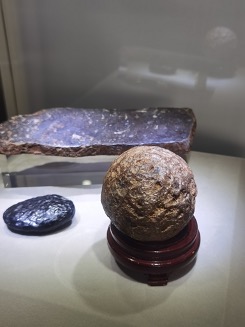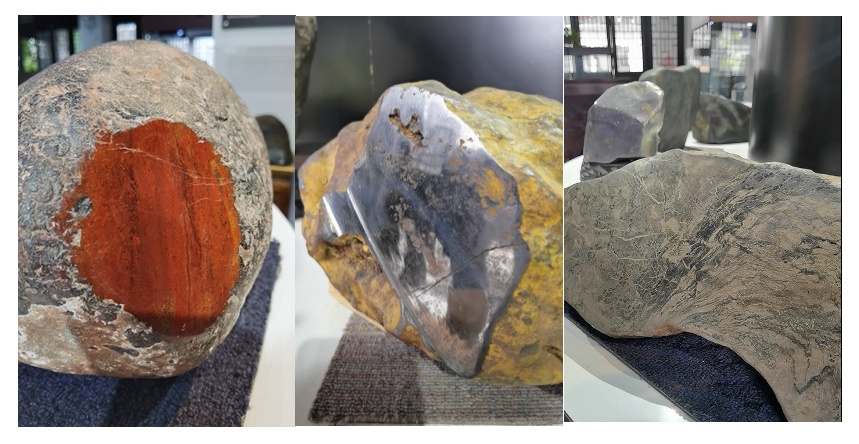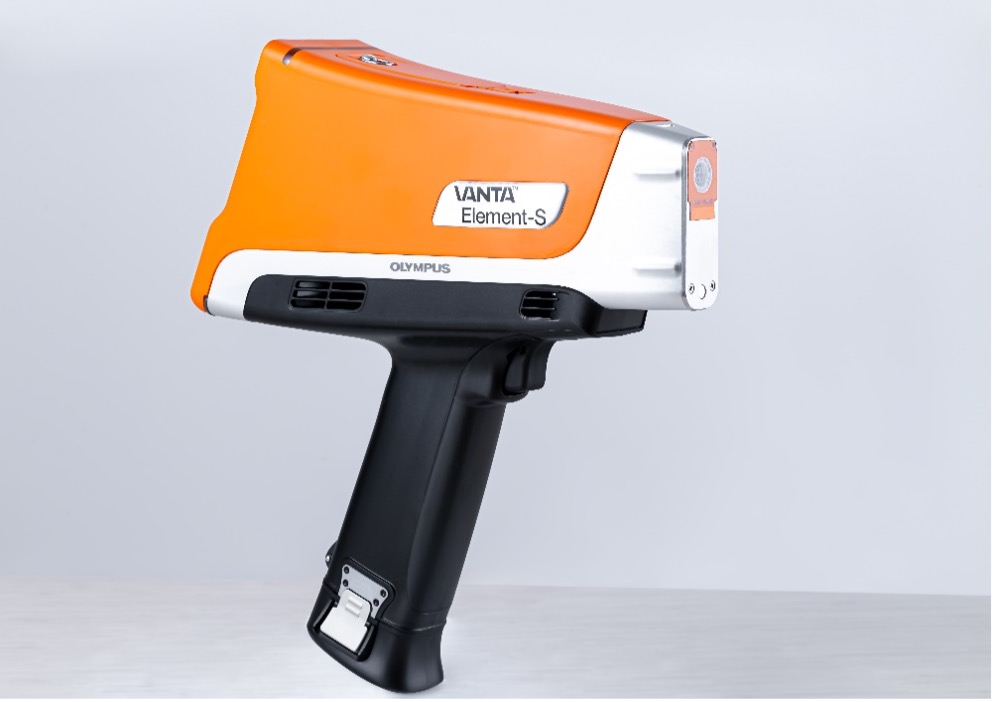A meteorite is a fragment of a comet, asteroid, planet, or meteoroid that survived its passage through outer space and the atmosphere to land on the surface of the Earth. Unlike the fleeting beauty of meteors that illuminate the night sky as shooting stars, meteorites are enduring relics from outer space.
As samples of cosmic material, meteorites have caught the eye of numerous researchers and collectors. Researchers are interested in them because meteorites contain information about the early solar system. The study of meteorites can enrich our knowledge of how the solar system evolved.

Example meteorite collection. Image courtesy of a private meteorite museum in Shanghai, China.
3 Types of Meteorites and What They’re Made of
Meteorites are made of rock, metal, or a mixture of both. These “space rocks” have traditionally been classified into three groups: iron meteorites, stony meteorites, and stony-iron meteorites.
1. Stony meteorites
Stony meteorites are composed of mostly silicate minerals (rock-forming minerals) but also contain nickel (Ni) and iron (Fe). According to NASA, around 95% of known meteorites are stony.
2. Stony-iron meteorites
Stony-iron meteorites are very rare. According to NASA, less than 2% of meteorites are the stony-iron type. Its composition is almost equal parts metal and silicate material. The metal part is a mixture of iron (Fe) and nickel (Ni).
3. Iron meteorites
Iron meteorites are almost entirely metal. They are mostly composed of iron (Fe) and nickel (Ni), and their dense, metallic nature makes them easier to identify among Earth rocks. As a result, iron meteorites are more common in collections despite the small percentage that fall to Earth.

Different types of meteorites. From left to right: stony meteorite, iron meteorite, and stony-iron meteorite. Images courtesy of a private meteorite museum in Shanghai, China.
Space or Earth Rock? Museum Tests Meteorites with XRF to Find Out
For meteorite hunters and collectors, it’s important to know if the rock is a real meteorite when searching for them in the field or planning to purchase a suspected meteorite.
Since the chemical compositions of known meteorites are well studied, handheld X-ray fluorescence (XRF) analyzers can help experts sort fake meteorites by looking at their chemical composition. These portable devices can instantly identify the elements and the amount of each element in a sample, making them convenient tools for testing meteorites outside in the field or indoors in a museum.
As an example, researchers from one meteorite museum in China used our Vanta Element-S handheld XRF analyzer with Alloy Plus to understand the full chemistry of their meteorite collection. They analyzed the rocks to test for iron (Fe), nickel (Ni), aluminum (Al), sulfur (S), and phosphorus (P), which enabled them to quickly identify fake meteorites in their collection.
Notably, the Vanta Element-S analyzer offers quick analysis of the metallic elements in the meteorite and can analyze light elements, including Al, S, and P.

Vanta Element-S handheld XRF analyzer
This is just one example of how handheld XRF can aid in the authentication of artifacts. For more information on using handheld XRF analyzers to verify real artifacts, reach out to our team for expert assistance.
Related Content
A Monumental Discovery—XRF Sheds Light on the Origins of Stonehenge
Artemis Testing Lab Identifies Authentic Artifacts Using XRF Analysis


